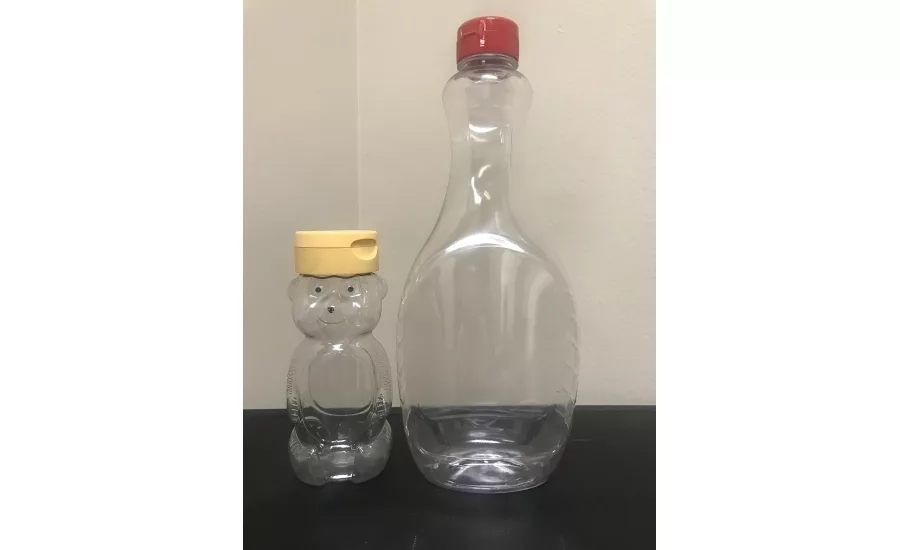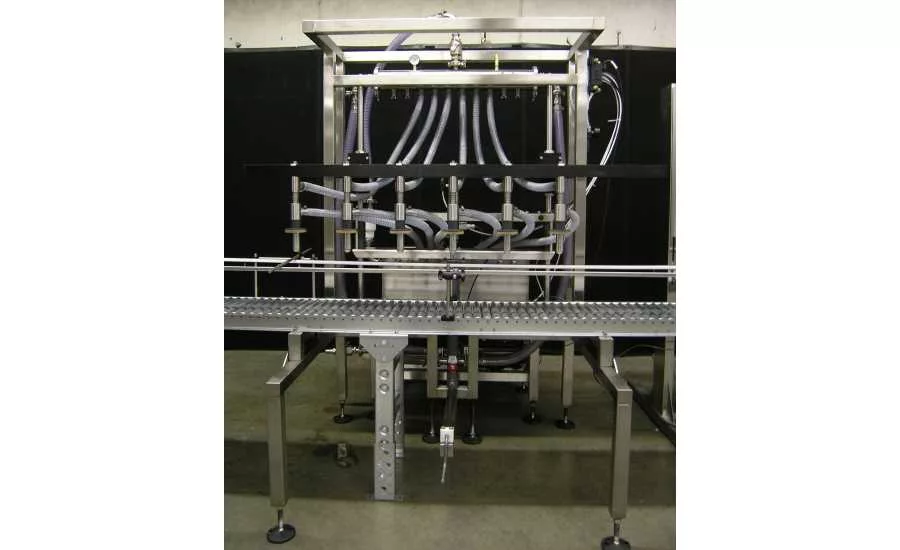How to build an efficient packaging line for liquids



One of the keys to a successful liquid packaging line is efficiency. Without a balance of efficiency and appeal, packaging will not generate the profit that companies desire. Several factors to consider for optimizing the efficiency of a packaging line include viscosity of the liquid, product characteristics, specific product challenges, ease of cleaning, accuracy, ease of flexibility and changeover, and using a reliable machine vendor. Here is an overview of each.
Viscosity of the liquid
One of the first aspects of a packaging line that a business needs to consider is the viscosity of the liquid going through the filling and packaging processes. The thickness of the liquid will be a huge determinant when it comes to selecting the right machinery to purchase and install. If equipment is used for the wrong viscosity level, it could significantly hinder productivity, and breakdowns are more likely to occur.
Consider whether the liquid is water-thin, thicker or highly viscous, which can be determined using a viscosity chart when selecting machinery.
Product characteristics
Beyond viscosity, businesses also need to have a good understanding of the other aspects of their products, including whether or not it’s corrosive, automotive, food grade, molten or another type of product.
For instance, if a product is corrosive, the equipment chosen must be corrosion resistant and made with the appropriate materials. Otherwise, the equipment will be vulnerable to damage resulting in frequent breakdowns and subsequent maintenance. In short, different types of machines are intended for different types of products based on their purpose and characteristics.
Specific product challenges
Certain liquid products will also come with different challenges when it comes to the packaging or filling process. One consideration could be the inclusion of particulates in a liquid product, which will dictate the types of pumps and seals the equipment should have. For example, water-based products generally require Buna Seal, while petroleum products, foods with particulates and paints require other types of seals.
The type of bottle or other container used for the liquids also can be a factor in deciding which type of filler to use, particularly if the container features an unconventional shape.
Ease of cleaning
Another important aspect is the ability to clean the equipment easily and without issue. The easier machinery is to clean, the less time is needed to spend cleaning parts and machines, and the faster it can be up and running again. Machinery that’s easy to disassemble will help keep the cleaning process efficient. One example of this is for the customer to purchase equipment that offers either a manual or automatic clean in place (CIP), which is the most efficient way to clean a filler. CIP will cycle the cleaning solution through the machine to ensure that all wetted parts are clean.
Accuracy
From filling to sealing and labeling, make sure equipment is accurate to maintain efficiency. If a machine’s accuracy ratio is all over the place, this could result in inconsistent results and product waste. A customer can ensure accuracy by purchasing equipment from a company that guarantees accuracy of +/- 0.5%.
Ease of flexibility, changeover
The machinery’s ease of changeover and flexibility are also integral to an efficient packaging system. This means that equipment should be able to accommodate multiple types of containers or liquids without the need to change parts. Some manufacturers have machinery that’s capable of handling multiple bottle sizes through the use of a single piece of equipment as long as the liquids’ viscosity is consistent.
Machinery should also be easy to upgrade, which is particularly important as business grows.
Reliable machine vendors
The packaging machine company should help companies get the most from their equipment. A good packaging machine manufacturer will have a team of engineering staff who know each piece of equipment in and out. They will also be able to easily service equipment when needed, providing support that goes well beyond the initial purchase of equipment. Engineering staff will also be able to assist in the selection of machinery based on the intended application, offering technical support and replacement parts that are readily available to keep systems up and running.
Together, these factors will help ensure that packaging lines maintain a consistent level of efficiency, minimizing concern regarding breakdowns and costly downtime.
Looking for a reprint of this article?
From high-res PDFs to custom plaques, order your copy today!








